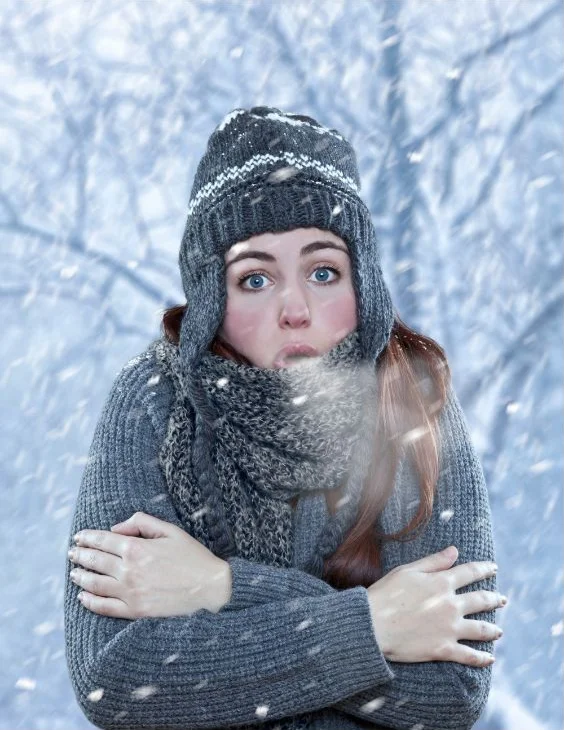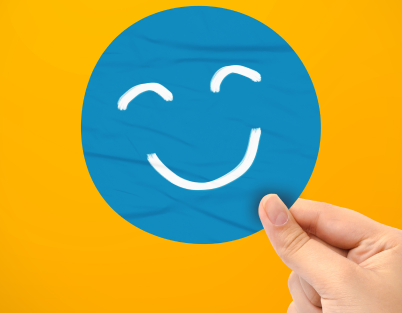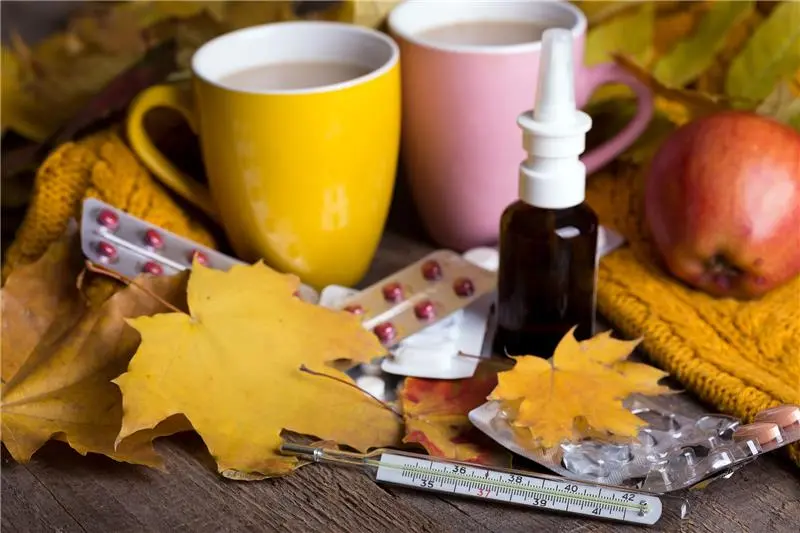The days are shorter, the weather is colder, and the holidays have come and gone. For many people, the winter months bring feelings of sadness, loss of interest in activities, low motivation, and fatigue. These symptoms characterize a very real disorder called Seasonal Affective Disorder, commonly known as SAD. If you dread the coming winter each year, you may be one of the estimated 10 million Americans with SAD.
What is Seasonal Affective Disorder?
Seasonal Affective Disorder is a type of depression that emerges during particular seasons, typically fall and winter. SAD is triggered by reduced exposure to sunlight as the days grow shorter. The lack of light disrupts the circadian rhythm and leads to chemical changes in the brain, including reduced serotonin transmission. Due to these biological effects, people with SAD experience low mood, anxiety, loss of pleasure, low energy, sleep disturbances, and changes in appetite and weight. These symptoms start in fall or early winter and resolve on their own in spring and summer.
Who Gets Seasonal Affective Disorder?
Women are four times more likely than men to suffer from SAD. The disorder usually begins in young adulthood with episodes recurring every year. SAD is also more prevalent in northern latitudes, with rates of seasonal depression increasing with distance from the equator. According to one estimate, 9.7% of the U.S. population experiences winter-pattern SAD while 14.3% suffers from a milder form called Subsyndromal Seasonal Affective Disorder. The prevalence of SAD varies considerably by state, with the highest rates seen in Alaska and other northern states.
Signs and Symptoms
How do you know if your winter blues have crossed into SAD territory? Here are some common symptoms:
- Depressed, sad mood most of the day
- Loss of interest and pleasure in usual activities
- Fatigue and low energy nearly every day
- Sleep disturbances - excessive sleeping and difficulty waking up
- Changes in appetite and weight - increased cravings for carbs and weight gain
- Feelings of worthlessness, guilt, or hopelessness
- Difficulty concentrating and making decisions
- Withdrawal from social situations
- Thoughts of death and suicide
If you experience five or more of these symptoms for most of the day, nearly every day for two weeks or more, you may have winter-pattern SAD.
Coping Strategies and Treatment
If you think you may be suffering from SAD, don’t despair - there are many effective treatment options and coping strategies that can help you manage your symptoms.
Light Therapy
One of the first-line treatments for SAD is light therapy, which involves sitting in front of a light therapy box that emits bright light mimicking natural outdoor light. Most patients use light boxes for 30 minutes or more at a time in the morning. Light therapy has been found to relieve SAD symptoms in up to 85% of diagnosed patients. When using a light box, be sure to sit within 18-24 inches of it with light entering your eyes indirectly at a slight downward angle.
Psychotherapy
Cognitive behavioral therapy (CBT) is type of talk therapy that can help patients identify and change negative thought patterns contributing to their seasonal depression. A therapist can also teach behavioral activation techniques to help SAD patients overcome winter inertia. Group therapy allows people struggling with SAD to share their experiences and know they are not alone.
Antidepressants
Your doctor may prescribe an antidepressant such as bupropion or an SSRI to be taken during the fall and winter months. These medications can regulate brain chemicals disrupted by fewer daylight hours. Fluoxetine and sertraline are common first-line drug treatments for SAD. Always consult your doctor before starting any new medications.
Natural Remedies and Lifestyle Changes
There are small daily changes and natural supplements that may relieve seasonal depressive symptoms:
- Spend 30 minutes outdoors early in the day to maximize light exposure
- Exercise regularly - simple daily walks can vastly improve mood
- Try mindfulness, meditation, or yoga to reduce stress and anxiety
- Take vitamin D, omega-3, or St. John’s wort supplements
- Eat mood-boosting whole foods like leafy greens, fatty fish, nuts and berries
- Establish regular sleep, meal, and workout routines to support your circadian rhythm
- Limit alcohol intake and stay hydrated to avoid worsening symptoms
- Socialize more (even virtually) to get support and counter isolation
Final verdict
While battling SAD isn’t easy, having the right coping strategies and treatment plan can help you get through the long, cold winter days. Take it one week at a time, focus on self-care basics, lean on loved ones, and trust that spring will eventually return. This too shall pass.








%20(1).png)
.png)
%20(1).png)


%20(1).png)




%201.png)
